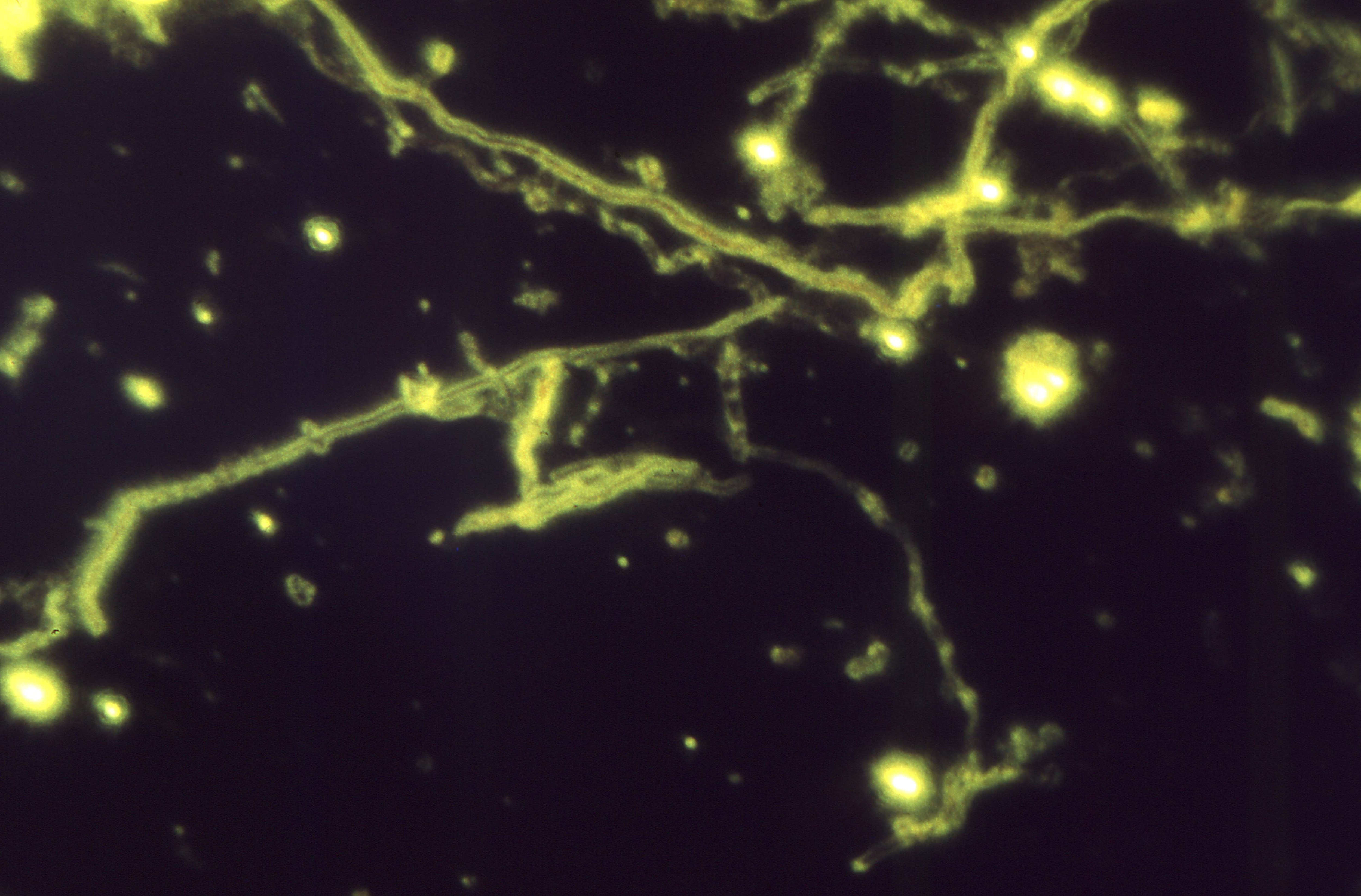Create a free profile to get unlimited access to exclusive videos, sweepstakes, and more!
Bacteria could be the answer for storing green energy in the future

Microbes are at it again. They have already proven they can mine rock in space, but this time, organisms the human eye is incapable of seeing could solve a huge problem on Earth.
Reducing harmful emissions to put a hold on global warming means that we’re going to have to store energy somewhere else besides batteries, which are highly toxic—no wonder battery acid sometimes makes an appearance in horror movies. Bioengineer Buz Barstow of Cornell University wants to make that kind of poison obsolete by using bacteria that metabolize electrons to store and retrieve energy instead.
Barstow actually wants to take what the bacteria Shewanella oneidensis already do and take it further by engineering them to be as efficient as possible at biofuel storage. Just feed these bacteria an electron at zero volts (which is in the middle of the energy spectrum), and that’s all you need to switch on its energy-storing potential. He recently led a study published in Communications Biology.
“What Shewanella has is like a voltage transformer inside; it takes electricity at one voltage and turns it into electricity at another voltage,” Barstow told SYFY WIRE. “It basically takes high-current, low voltage electricity and up-converts it to high-voltage low-current electricity.”
Behind this is the process of redox (oxidation-reduction). Electrons are transferred between two atoms, molecules or ions, affecting their oxidation number, or how many electrons they gain or lose to create a chemical bond. The particular species of Shewanella is a single-cell organism that takes in electrons that react with oxygen. It then hoards energy by zapping protons across its inner membrane, creating a charged energy reservoir, as if the entire cell has a charge. It taps its reservoir for an energy boost or to create ATP (adensosine triphosphate).
You can probably see where this is going. ATP is the ultimate energy-carrying enzyme, a molecule which can use energy captured from breaking down food to fuel other processes in the cell. Barstow and his team were able to find the genes that enable Shewanella to uptake electrons, but as they searched for the exact ones, things got complicated. This is why he developed a method he calls “knockout Sudoku”. By randomly knocking all the genes out and then trying to fill every square in the grid like actual Sudoku, he was finally able to reveal them.
“We randomly knock out all the genes; we run a computer algorithm and we figure out if I were to make random knockouts how many squares would I need in order to get at least one per gene,” Barstow said. “Then we use next-generation sequencing to figure out what they all are.”
Knocking out genes revealed five that Shewanella uses to transport electrons from its outer membrane to its inner membrane. It then releases those electrons into its menaquinone pool. Menaquinone, otherwise known as Vitamin K2, is a type of quinone, a soluble fatty charged molecule, which is produced by the large intestine in humans and necessary for blood to clot. The electrons then travel from there through the MTR pathway to the ubiquinone (the same coenzyme Q-10 you might have heard of in supplements) pool and reduce oxygen to water.
Now Barstow is trying to engineer a new type of bacteria that can morph organic molecules into biofuels. It is possible that e. coli, which is actually easy to work with, could also be used for storing energy, since it has already been proven to be able to synthesize biofuels when engineered to do so. Those five genes Shewanella uses for the process could be put into e. coli. Another possibility is to make Shewanella able to fix carbon dioxide, or convert it to an organic substance, or to reduce CO2 to formic acid, which synthesizes chemicals, using an electrode.
“Formic acid is very soluble in water, so the bacteria can basically eat that formic acid and then turn it into a biofuel, the extra electrons that we can get make that process more efficient,” he said. So how long until bacterial energy storage becomes a thing and we can ditch the batteries? Barstow believes that, with enough funding and effort, it could start to make an impact relatively soon. When it will actually happen is still in question.
“Much like nuclear fusion, it could be forever on the horizon,” he said, “But I’m betting that, if we get the funding, it could only take five years to make it happen.”


























